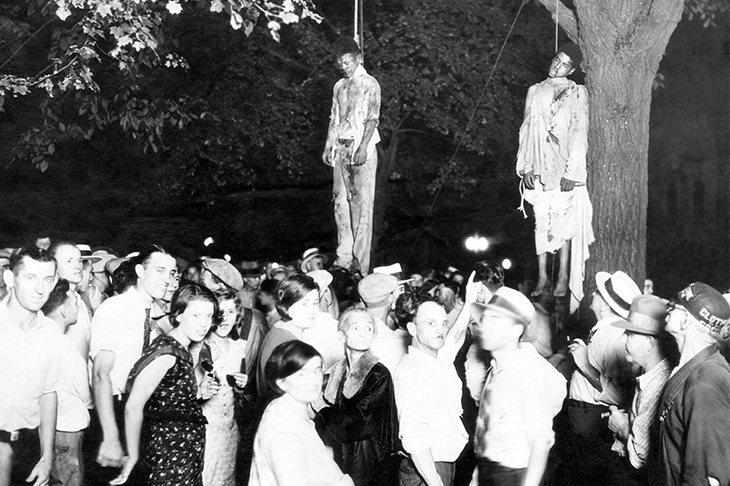Southern trees bear a strange fruit in Laird Hunt’s seventh novel, a dark historical fiction filled with dreams and visions that has one very disconcerting trick of style to play on the reader. The setting is Indiana in 1930, where a white woman called Ottie Lee Henshaw is on the way to a lynching in the town of Marvel with her lecherous boss Bud and her redneck husband Dale. They stop to feed Dale’s pig; they stop at a church supper and a Quaker prayer meeting; they stop at a backwoods still; they stop to forcibly relieve a black family of their buggy. They meet a Klansman, an elderly acrobat and a man on a bicycle. They never make it to Marvel, because this is a book about journeys, not destinations. Instead, as she travels through the hot night, Ottie Lee sinks back into her own troubled dreams and memories. She has been told there is something special coming, and she has a special map in her hand that will get her to ‘Marvel and its marvels’. ‘Who knew what fearsome wonders would populate the night,’ she wonders, ‘who knew how long it would all go on?’
The second part of the book follows a black woman, Calla Destry, who is travelling in the opposite direction, from Marvel — a place that is meant to remind the reader of Marion, Indiana, where two black men were taken from a prison and murdered by a white crowd in 1930. Recorded in a notorious photograph, that lynching is also the event to which the song ‘Strange Fruit’ refers, and Hunt has drawn on an account by James Cameron, who survived it, in writing his novel.
Calla Destry is a furious avenger — ‘Wrong wasn’t the word for what was happening.








Comments
Join the debate for just £1 a month
Be part of the conversation with other Spectator readers by getting your first three months for £3.
UNLOCK ACCESS Just £1 a monthAlready a subscriber? Log in